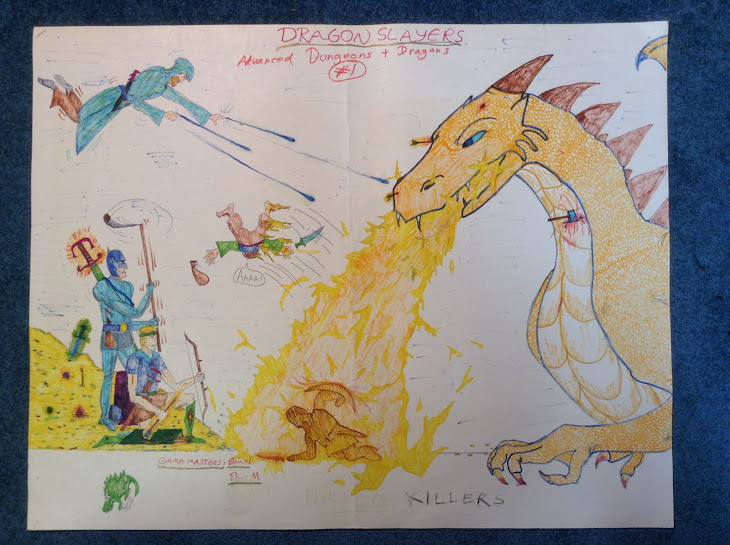As a huge Middle-earth
fan, I was delighted to have seen this excellent exhibit – “J.R.R. Tolkien: The Art of the Manuscript” – today at Marquette University.
I thought that I
had already seen it before in Oxford in 2018, but it turned out that this
exhibit was somewhat different. The one at Oxford had a lot more of Tolkien’s
artwork, as well as numerous biographical documents and photographs, whereas
this one (unsurprisingly, given its title) focused more on Tolkien’s calligraphy,
early drafts, and manuscripts. Nonetheless, there was some overlap in the two
exhibits (the Bodleian Library had drawn on the Marquette collection and vice
versa). And there were a few pieces of Tolkien’s beautiful art on display (including the troll hill above -- I quite like Tolkien's line work!).
The high point for
me was the opportunity to see Tolkien’s original timeline “story board” for The
Lord of the Rings – i.e., several pages which follow the days covered
throughout the trilogy, broken down at points by character/group (e.g., “Gandalf”,
“Sam and Frodo”, “Saruman”, etc.). It was cool to see the events and revisions
written in the professor’s own hand. Also on display were Tolkien’s notes on
the “stride” of hobbits, as he wanted to calculate how far they could travel in
a given day in order to ensure that their journey times were plausible.
I also found it interesting
to learn that Tolkien’s concern with carefully drawn maps – maps that clearly
(if perhaps unrealistically) identify important landmarks – likely originated
in his work as an army signals officer during the First World War. There was a
copy of the manual he used during that time on display.
Now you might be
wondering why this exhibit is at Marquette University of all places. It turns
out that shortly after the publication of The Lord of the Rings the
university’s new library director (William Ready) managed to purchase for the university
the manuscripts of three of Tolkien’s published works of fiction: The Hobbit,
Farmer Giles of Ham, and The Lord of the Rings. The manuscripts
arrived in Milwaukee over the course of two years after the purchase, and were
later supplemented with additional materials sent to Marquette from 1987-1997
by Christopher Tolkien. They are now in
the “J.R.R. Tolkien Collection” at the university.
[Tolkien created a number of images of the final page of The Book of Mazarbul.
However, the publisher declined them as they would be too difficult to print.]




